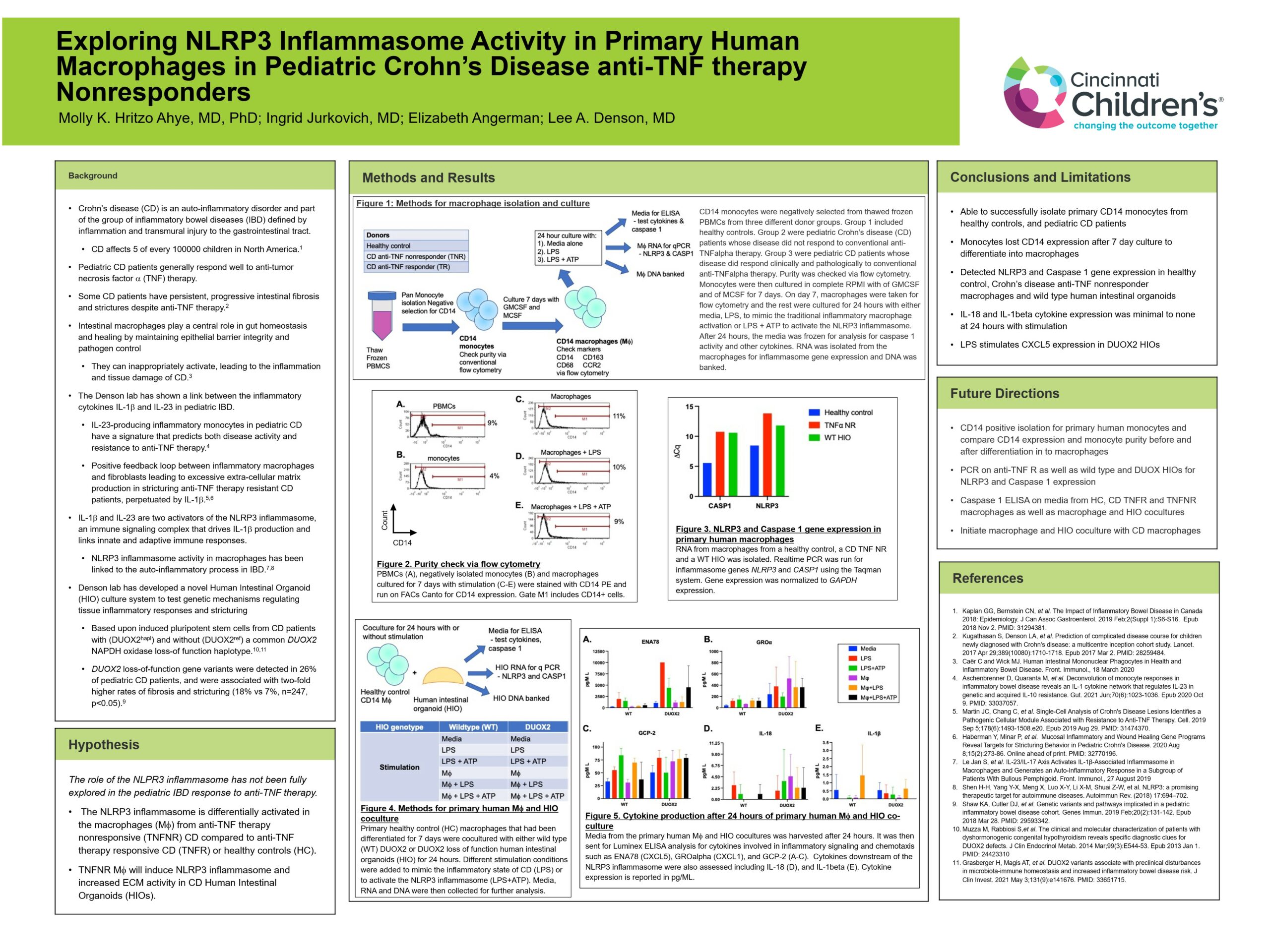Analyzing the Utility of Pro-Calcitonin to Predict Invasive Bacterial Infections and Sepsis in Young Adult and Pediatric Patients with Hematological Malignancies
Eily Cournoyer MD, MSc; Adam Lane PhD; Jeremy Rubinstein MD, PhD

Patients with leukemia and lymphoma can mount robust procalcitonin responses to invasive bacterial infections. However, procalcitonin diagnostic utility lies in its robust negative predictive value.
Eily Cournoyer, MD, MSc
Abstract
Background: Procalcitonin is a pro-peptide of calcitonin. Extrathyroidal procalcitonin levels dramatically increase in the presence of bacterial endotoxins or inflammatory cytokines. It has been shown that procalcitonin is a reliable biomarker for pediatric sepsis and invasive bacterial infections in critically ill patients and neonatal fever. However, standard procalcitonin risk values have not been verified in patients with impaired immune systems, specifically those with hematological malignancies.
Objective: Primary – Determine if current CCHMC standard risk values of procalcitonin predict risk of sepsis, invasive bacterial infection (bacteremia, pyelonephritis, meningitis), or invasive fungal infections in patients with hematological malignancies
Secondary – 1. If there is a difference in institutional standard risk values and the studied population, redefine risk values based off the studied population
2. Determine the sensitivity and specificity of procalcitonin to predict sepsis and bacteremia in patients with severe (ANC <500) or profound (ANC <250) neutropenia as well as amongst different hematological malignancies (AML, ALL, NHL)
Methods: We conducted a retrospective chart review of CCHMC patients diagnosed with AML, ALL, or NHL between 2016-2021 with a procalcitonin level drawn. For each procalcitonin level, CRP, lactic acid, blood culture, urine culture, viral studies, absolute neutrophil count (ANC) were recorded if available. Each chart was reviewed for documentation of treatment for sepsis or other documented infection within 96 hours of the procalcitonin level drawn.
Results: 125 patients were eligible for the study with 251 procalitonin levels drawn. Incidence of invasive bacterial infection was 68 (sepsis n=48, bacteremia n= 20).
Statistical analysis (ongoing): The sensitivity, specificity to predict sepsis, bacteremia, invasive fungal infection, viral or other infections will be calculated for each of the institutional standard risk values (<0.5ng/mL, 0.5-2ng/mL, 2-10ng/mL, >10ng/mL) for all study patients. Multivariate analysis will be conducted in patients with AML, ALL, NHL, ANC <250, and ANC <500. We also aim to determine the sensitivity and specificity of CRP (>2.0mg/dL) and lactic acid (>2.5 mmol/L) to predict sepsis, bacteremia and compare this to procalcitonin standard risk values. Secondarily, a procalcitonin receiving operator characteristics curve will be generated and be used to determine optimal risk values for entire study population.